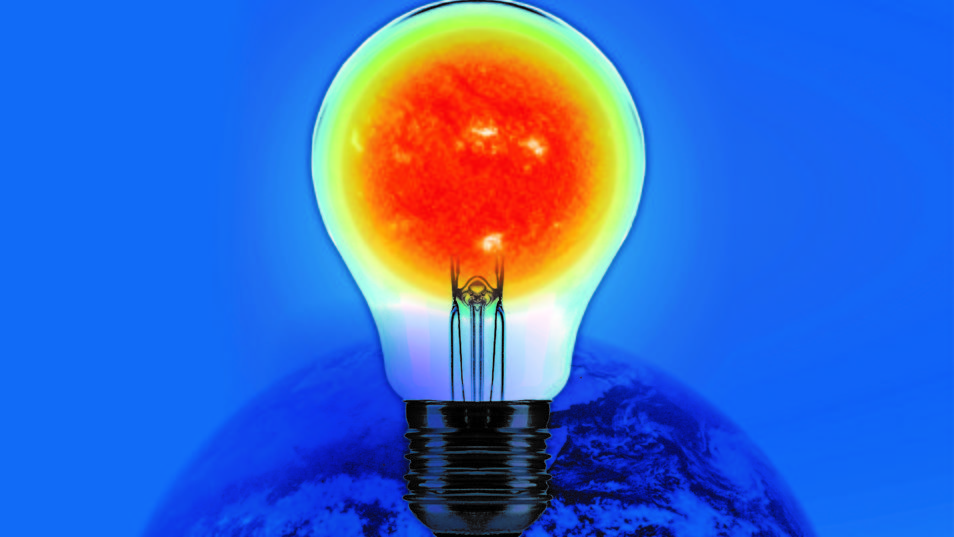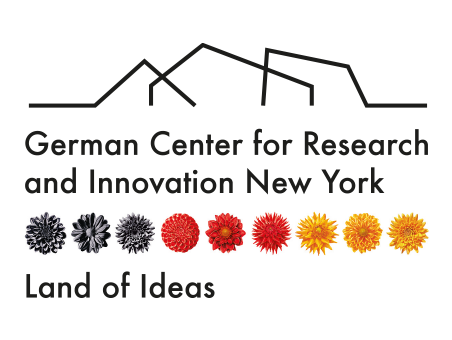Catch the Sun: How Fusion Energy can Benefit our Societies

“Fusion, the nuclear reaction that powers the Sun and the stars, is a potential source of safe, non-carbon emitting and virtually limitless energy,” states the ITER (International Thermonuclear Experimental Reactor) fusion energy research project. Nuclear fusion — making energy by forcing hydrogen atoms to merge — is quite different from the nuclear power we use now at generating stations around the globe.
In the United States and Germany, interest in fusion energy is growing, as evidenced by the increase in both publications on and public interest in the topic. While the ITER remains the world’s largest fusion energy project – supported by the EU, the US and other countries – start-ups and key industry players have also turned their attention to developing the “energy of the future.”
But in both the US and Germany, questions remain about the feasibility and practicality of fusion energy as a cost-effective and viable power source for industry and civil society.
These questions will be addressed by representatives of science, politics, companies and other stakeholders in the moderated panel discussion. This includes a presentation of the scientific and technological status of fusion energy as well as potential options for business & societies. The aim is to foster a dialogue – also with the audience – about the role of fusion energy in both American and German society and consider how further developments in this field might be coordinated within the framework of the transatlantic partnership.
Welcoming remarks by
Benedikt Brisch
Director of the DWIH and DAAD Regional Office New York
and
David Gill
Consul General of Germany in New York
Keynote on “Additive Technologies and Fusion Energy” by
Prof. Dr. Thomas Hanemann
Laboratory for Materials Processing, Department Microsystems Engineering IMTEK, University of Freiburg
Prof. Francesco Volpe
Founder of Renaissance Fusion
Panelists
Hans-Henrich Altfeld
Head of Project Control Office, ITER, Cadarache, France
Prof. Dr. Joachim U. Knebel
Head of Division Mechanical and Electrical Engineering, KIT – Karlsruhe Institute of Technology
Dr. Amanda Hubbard
Principal Research Scientist, MIT, Cambridge
Prof. Dr. Michael E. Mauel
Department of Applied Physics, Columbia University, New York
Prof. Dr. Thomas Sunn Pedersen
Head of Stellarator Edge and Divertor Physics, Max-Planck Institute of Plasma Physics, Greifswald
Prof. Allan Offenberger
Founding President of the Alberta/Canada Fusion Technology
Moderator
Dr. Markus Lemmens
Marketing Director and Partner KBHF GmbH (Fusion Energy), KIT – Karlsruhe Institute of Technology
Event Information
November 4, 2019, 6:30 PM to 8:00 PM
New York
Organizer(s): German Center for Research and Innovation (DWIH NY), University of Freiburg, ITER
Round Table
There will also be an expert round table discussion on Tuesday, November 5, 2019 from 10:30am-3:00pm.
This new transatlantic conversation with experts from business, science, politics, and civil society organizations will address concrete projects concerning the energy source of the future. These stakeholders will propose solutions on how they can work together within the transatlantic partnership to create a sustainable future for fusion energy.
Should you be interested in attending, please send an email to DWIH Events.

Supported by

Location
German Center for Research and Innovation (DWIH) New York
Address:
871 United Nations Plaza
New York, NY 10017, USA
Phone:
+1 (212) 339 8680
Email:
info.newyork@dwih.org
